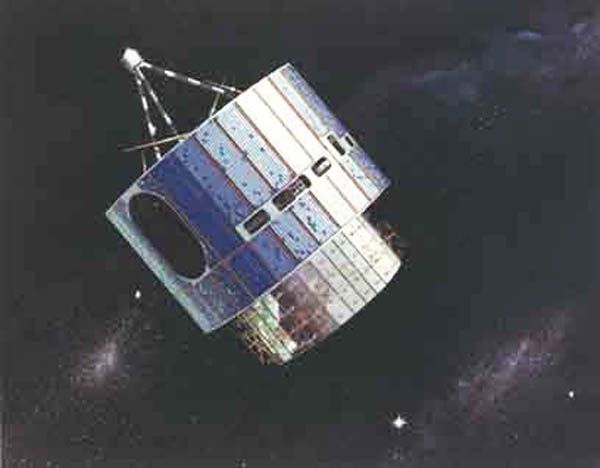
On This Day In Space: May 17, 1974: NASA launches 1st Synchronous Meteorological satellite (Image Credit: Space.com)
On May 17, 1974, NASA launched the first Synchronous Meteorological Satellite, SMS-1. This was the first satellite designed to monitor meteorological conditions from a geostationary orbit. This kind of orbit allowed it to stay above a fixed location as Earth rotates.
One of the instruments on this spacecraft was a visible infrared spin-scan radiometer (VISSR), which provided high-quality cloud cover data 24 hours a day. It also carried a data collection and transmission system that allowed it to relay data from central weather facilities to smaller regional stations.

Another device known as a space environmental monitor measured the charged particles in Earth’s radiation belts and the solar wind.
The satellite was shaped like a cylinder and measured about 7.5 feet long, not including a 33-inch magnetometer that stuck out of one end. It launched from Cape Canaveral on a Delta rocket and remained operational for about 7 years. It was replaced by the National Oceanic and Atmospheric Administration’s new GOES satellite, which was almost identical.
On This Day in Space Archive!
Still not enough space? Don’t forget to check out our Space Image of the Day, and on the weekends our Best Space Photos and Top Space News Stories of the week.
Follow us @Spacedotcom and on Facebook.





